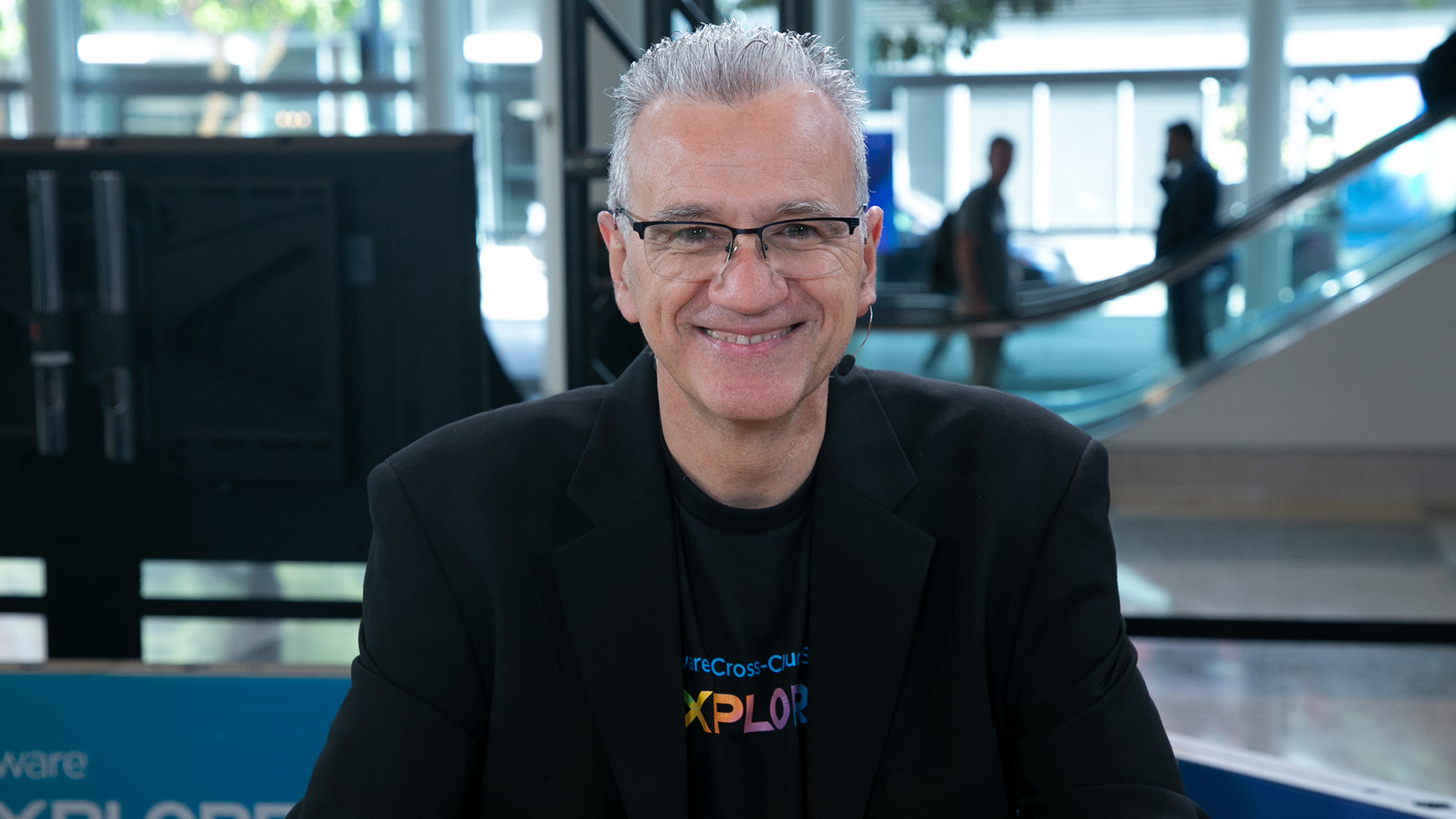 NEWS
NEWS
 NEWS
NEWS
 NEWS
NEWS
In the race to define what theCUBE has termed “supercloud,” VMware Inc. has taken a substantive lead by exploring a crop of constituent technologies under a collective umbrella that the company has chosen to term “cross-cloud services.”
This week, VMware’s Explore event is focusing on the discourse around the paths less traveled in the fledgling supercloud space.
“Our customers have been the explorers of IT frontiers, always challenging the status quo,” said Vittorio Viarengo (pictured), vice president of Cross-Cloud services at VMware. “And our legendary engineering team has been behind the scenes, providing them with the tools and the technology to be successful in that journey to the private cloud. What we’re building is the foundation for the cloud, and now it’s time to start a new journey in the multicloud.”
Viarengo spoke with theCUBE industry analysts John Furrier and Dave Vellante at VMware Explore, during an exclusive broadcast on theCUBE, SiliconANGLE Media’s livestreaming studio. They discussed VMware’s exploration of the cross-cloud concept and how that would play into the company’s future, especially with the Broadcom acquisition imminent. (* Disclosure below.)
The bulk of the holistic supercloud idea is creating cross-cloud seamlessness across multiple cloud vendor offerings, which often innovate toward divergent directions. VMware began solving for that problem last year with its cloud-native offerings that allow simplicity and consistency across multiple clouds.
“Every customer that I talk to wants more simplicity, a way to move quickly but also manage mounting complexity,” Viarengo explained. “So that’s why we launched cross-cloud services last year. We launched a vision with a sprinkle of software behind it, and we built a set of cloud-native services that allow our customers to build, run, manage, secure and access any application consistently across any cloud.”
A year in, the company seems to have learned quite a few valuable things, its pioneering position in the supercloud race notwithstanding.
“Our first journey to multicloud was bringing vSphere on all the clouds to help our customers accelerate the journey of their legacy applications,” Viarengo explained. “But around two or three years ago, we realized that customers were already in the cloud. We needed to embrace cloud-native, and that’s where Tanzu came in as a way to build, secure and manage applications. And now with Aria, we now have more differentiator software to actually manage these applications.”
In speaking to a lot of VMware customers, it’s clear that many are in the “denial” or “chaos” stage of multicloud implementation, according to Viarengo. And this presents both financial and technological opportunities for cross-cloud solutions innovators.
“We were so busy being successful with on-prem that the cloud happened under our eyes,” he explained. “But now with the multicloud, I think there is an opportunity for VMware to do it all over again. And we are the right company to do it for two reasons. First, because we have the right DNA. Second, because we have the right partnerships.”
The hybrid multicloud (or supercloud) vision within VMware is undoubtedly an ambitious one but also one the company is convinced it can get right, according to Viarengo.
Here’s the complete video interview, part of SiliconANGLE’s and theCUBE’s coverage of VMware Explore:
(* Disclosure: VMware Inc. sponsored this segment of theCUBE. Neither VMware nor other sponsors have editorial control over content on theCUBE or SiliconANGLE.)
Support our mission to keep content open and free by engaging with theCUBE community. Join theCUBE’s Alumni Trust Network, where technology leaders connect, share intelligence and create opportunities.
Founded by tech visionaries John Furrier and Dave Vellante, SiliconANGLE Media has built a dynamic ecosystem of industry-leading digital media brands that reach 15+ million elite tech professionals. Our new proprietary theCUBE AI Video Cloud is breaking ground in audience interaction, leveraging theCUBEai.com neural network to help technology companies make data-driven decisions and stay at the forefront of industry conversations.